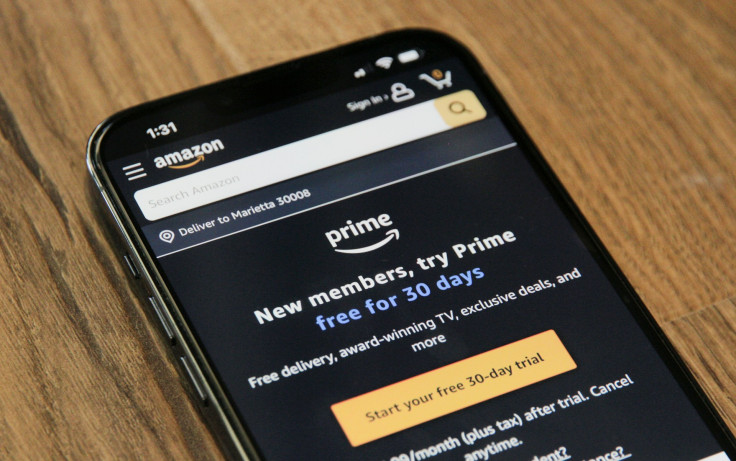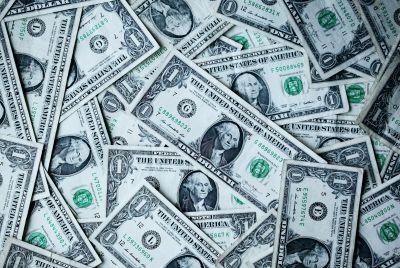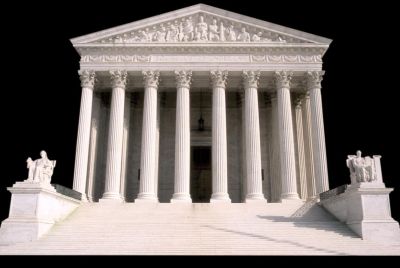Amazon FTC Settlement Prime Refund: Truth or Hoax? Why Millions Are Waiting for Their $51 Payout
Were you 'duped' by Amazon Prime? You could be owed $51 from the FTC settlement. Here's how to check and claim your cash.

If you have ever found yourself subscribed to Amazon Prime without quite remembering how, or felt trapped in a maze of clicks while trying to cancel, you are not alone.
Now, after a landmark lawsuit from the US Federal Trade Commission (FTC), Amazon has agreed to a massive $2.5 billion settlement for what officials called a deliberate campaign to 'dupe' millions of customers into signing up for and keeping their Prime memberships.
The settlement means that up to 35 million people in the US could be eligible for a $51 cash payout. The tech giant was accused of using deceptive online design, or 'dark patterns,' to trick users into enrolling and then making the cancellation process intentionally complicated.
Here is everything you need to know about the case and how you can claim your share of the $1.5 billion fund set aside for customers.
The 'Dark Patterns' and the Landmark Amazon Settlement
The FTC launched its antitrust lawsuit against in 2023, alleging that the company 'knowingly duped' millions of people into its automatically renewing Prime subscription service.
Federal officials argued that Amazon used confusing prompts on its checkout pages, Prime Video sign-ups, and shipping selection screens to get customers to enrol. A 2022 investigation by revealed that Amazon executives were aware of how confusing the cancellation process was but chose not to fix it.
Of the total $2.5 billion settlement, $1 billion will be paid in fines to the FTC, with the remaining $1.5 billion disbursed directly to affected customers. As part of the deal, Amazon has not admitted to any wrongdoing.
FTC Chair Andrew Ferguson hailed the agreement as 'a record-breaking, monumental win for the millions of Americans who are tired of deceptive subscriptions that feel impossible to cancel'.
Are You Owed Money From the Amazon Settlement?
You may be eligible for a payout if you were an Amazon Prime customer in the US who signed up for the service between 23 June 2019, and 23 June 2025. The settlement covers customers who were enrolled through what court documents describe as a 'challenged enrolment flow'. This includes signing up via:
- The Universal Prime Decision Page
- The Shipping Option Select Page
- The Prime Video enrolment flow
- The Single Page Checkout
Additionally, customers who tried unsuccessfully to cancel their subscription during that period, or who accepted an offer to keep their subscription when attempting to cancel, are also eligible.
Claiming Your Cash From the Amazon Settlement: What You Need To Do
How you get your money depends on how much you used your Prime benefits. There are two main groups of eligible customers.
1. Automatic Payments: If you were a Prime member who used three or fewer Prime benefits within any 12-month period of your subscription, you do not need to do anything. According to the FTC, you will automatically receive a $51 payout by 24 December 2025. A third-party claims administrator will process the payments, which will be monetary compensation, not Amazon credits or gift cards.
2. Filing a Claim: A second group of customers may also be eligible. If you used ten or fewer Prime benefits in your first year, you can file a claim for a payout of up to $51. Once the automatic payments are complete, the administrator will send out information for this group by 23 January 2026. You will then have until 23 July 2026, to submit your claim form.
The Reaction to the Amazon Settlement
While the FTC has called the deal a major victory for consumers, some reports have noted that the settlement is 'relatively painless' for Amazon, as the $2.5 billion amount is equivalent to what the company makes in sales every 33 hours.
In a statement, Amazon maintained its position. 'We work incredibly hard to make it clear and simple for customers to both sign up or cancel their Prime membership,' the company said. As part of the settlement, Amazon has agreed to create a 'clear and conspicuous' button to decline a Prime subscription and to make the cancellation process easier.
© Copyright IBTimes 2025. All rights reserved.






















